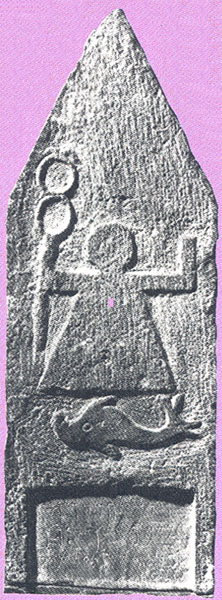Of Badger Skins and Dugong Hides: A Translator’s Guide to Tabernacle Covers
Sidebar to: The Divine Warrior in His Tent030
Of all the detailed instructions given by Yahweh for the building of his Tabernacle, perhaps none is more puzzling than the one found in Exodus 26:14: “And for the tent you will make a cover of rams’ skins dyed red, and over that a cover of ‘
Interpreters of the Hebrew Bible have tended to agree that the word
In his 1534 German translation of the Old Testament, Martin Luther offered a less fanciful suggestion. Establishing a tradition that would later be perpetuated in the venerable King James Bible, Luther rendered the words ‘
Probably the most popular of the many proposed cognates is the Arabic word
031
Of course, many readers find it difficult to imagine why Yahweh’s dwelling place would have been covered with the skins of any kind of sea mammal. But Frank Moore Cross has drawn a thought-provoking connection between Yahweh’s Tabernacle and the abode of the Canaanite god El. Not only was El said to have dwelt in the midst of the sea, but as Cross points out, “the dolphin [was]…a favorite motif in Phoenician art, both on the mainland and in the Punic colonies, where it [was] associated with ’El and Tannit [the Punic goddess identified with Astarte].”3 So perhaps there was a precedent in the ancient Near East for using dolphin skins in a religious context.

Quite recently, however, Stephanie Dalley of Oxford University has challenged the presupposition at the root of almost all these traditional interpretations. Arguing that
It remains to be seen whether Dalley’s interpretation will carry the day. If history is any indication, scholars aren’t likely to accept the proposal without substantial debate. Meanwhile, there’s much to be said for the wisdom of the New American Bible, which offers the following prudent translation of Exodus 26:14: “Over the tent itself you shall make a covering of rams’ skins dyed red, and above that, a covering of tahash skins.”
